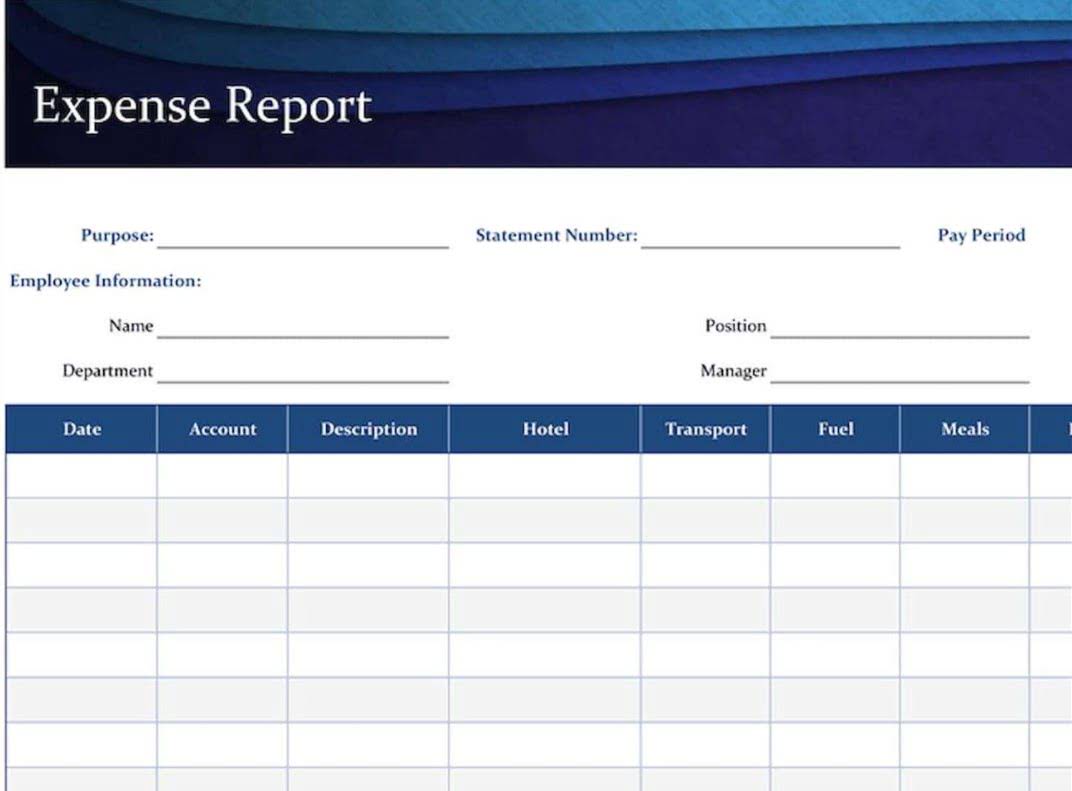
Net profit, often referred to as net income or the “bottom line,” represents the total profit remaining after all expenses have been deducted from revenue. It is a key measure of a company’s profitability, accounting for every cost incurred, including interest expenses and income taxes. It signifies the financial gain available to business owners or for reinvestment.
What Is a Good Profit Margin?
Conversely, a negative accounting profit, or an accounting loss, occurs when a business’s explicit costs exceed its total revenue. This situation means the company is spending more on its direct operations than it is earning. An accounting loss signals potential financial difficulties, requiring the business to review its cost structure or revenue generation strategies to ensure long-term viability. Accounting profit is revenues minus the expenses mandated by an accounting framework, while economic profit is revenues minus the opportunity costs of the assets being used. Opportunity costs are the profits lost when one alternative is selected over another. This means that deriving economic profit requires an analysis of the alternatives that could have been acted upon, rather than the decision actually taken.
![]()
Income and expenses
Thirdly, accounting profit is critical in securing loans from financial institutions. As mentioned above, implicit expenses consist of the opportunity costs of a business. Businesses can calculate their opportunity cost by considering alternative uses for their resources. In other words, a business can calculate its https://agseficienciaenergetica.com/highest-rated-books-on-goodreads-with-at-least-10-2/ economic profit by subtracting its implicit expenses from its accounting profit. The cash profit of a business indicates the profits it has made in monetary terms. In accounting profit, expenses are deducted from revenues regardless of whether these expenses have been paid for or not.

Best practices: What to do with your profit formula
- Convert all figures to a common currency before inputting them into the calculator.
- Firstly, it is a primary indicator of a business’s performance and is closely monitored by investors and stakeholders to assess its performance over a given accounting period.
- However, economic profits and accounting profits are two types of profits.
- Both accounting and economic profit are calculated using explicit costs — that is, expenses actually incurred.
- Accounting profit is the financial gain a company achieves after subtracting all explicit costs from its total revenue.
- Explicit costs are the direct, tangible expenses a business incurs during its operations.
While this figure still excludes debts, taxes, and other nonoperational expenses, it does include the amortization and depreciation of assets. An accounting profit calculate accounting profit of $10,000 reflects net income after high explicit costs. An accounting profit of $20,000 indicates the business earned $20,000 after explicit costs.

Operating expenses are costs incurred in running a business that are not directly linked to the production of Medical Billing Process goods or services. Examples include administrative salaries, office rent, office utilities, marketing costs, and research and development expenses. Using the profit formula to assess your business is something every business owner should do regularly—at least monthly. In particular, the net profit margin is a strong measure of your company’s profitability, looking at how much of your revenue you keep after all expenses. It’s easy to forget about indirect costs—things like rent, utilities, and salaries that aren’t tied to producing a specific product or service.
- Never increase efficiency at the expense of your customers, employees, or product quality.
- Additionally, controlling explicit costs through efficient operations, cost-cutting measures, and optimizing resource allocation can enhance profitability.
- A company’s accounting profit, better known as its net income, strongly influences its stock price.
- This figure reflects a company’s profitability and is essential for investors, creditors, and management to evaluate financial performance.
- Economic profit is also an important type of profit that businesses can use to calculate their efficiency.
- Improving your net profit margin involves a combination of increasing revenue and controlling costs.
Understanding What the Numbers Mean
It is the financial gain or revenue generated from any business or investment activity in excess of any expenses, taxes, and any other costs. However, economic profits and accounting profits are two types of profits. Economic profit refers to total revenue from sales minus opportunity costs from all inputs. Accounting profit, on the other hand, represents the total earnings of a company, which includes explicit costs.
